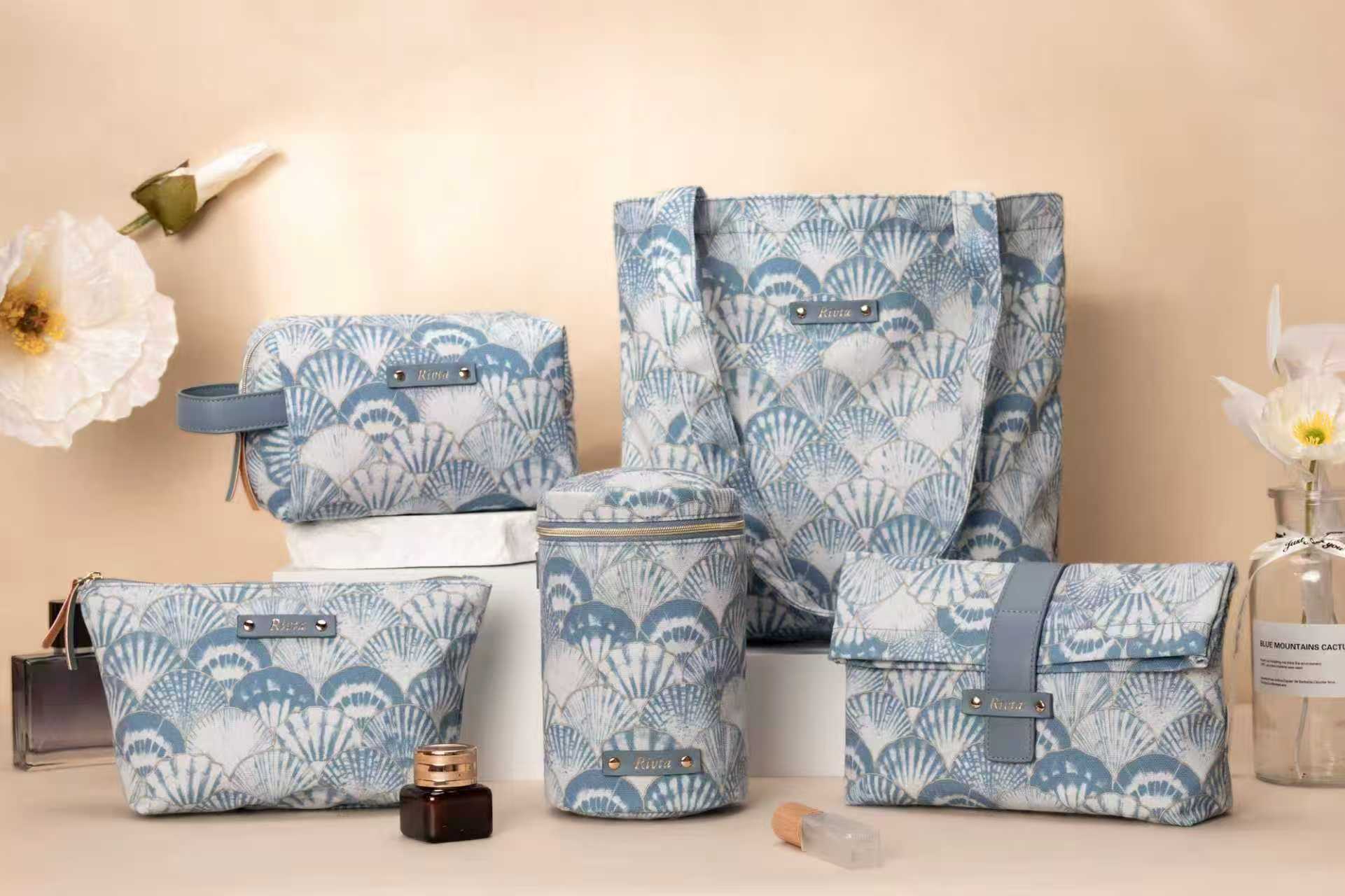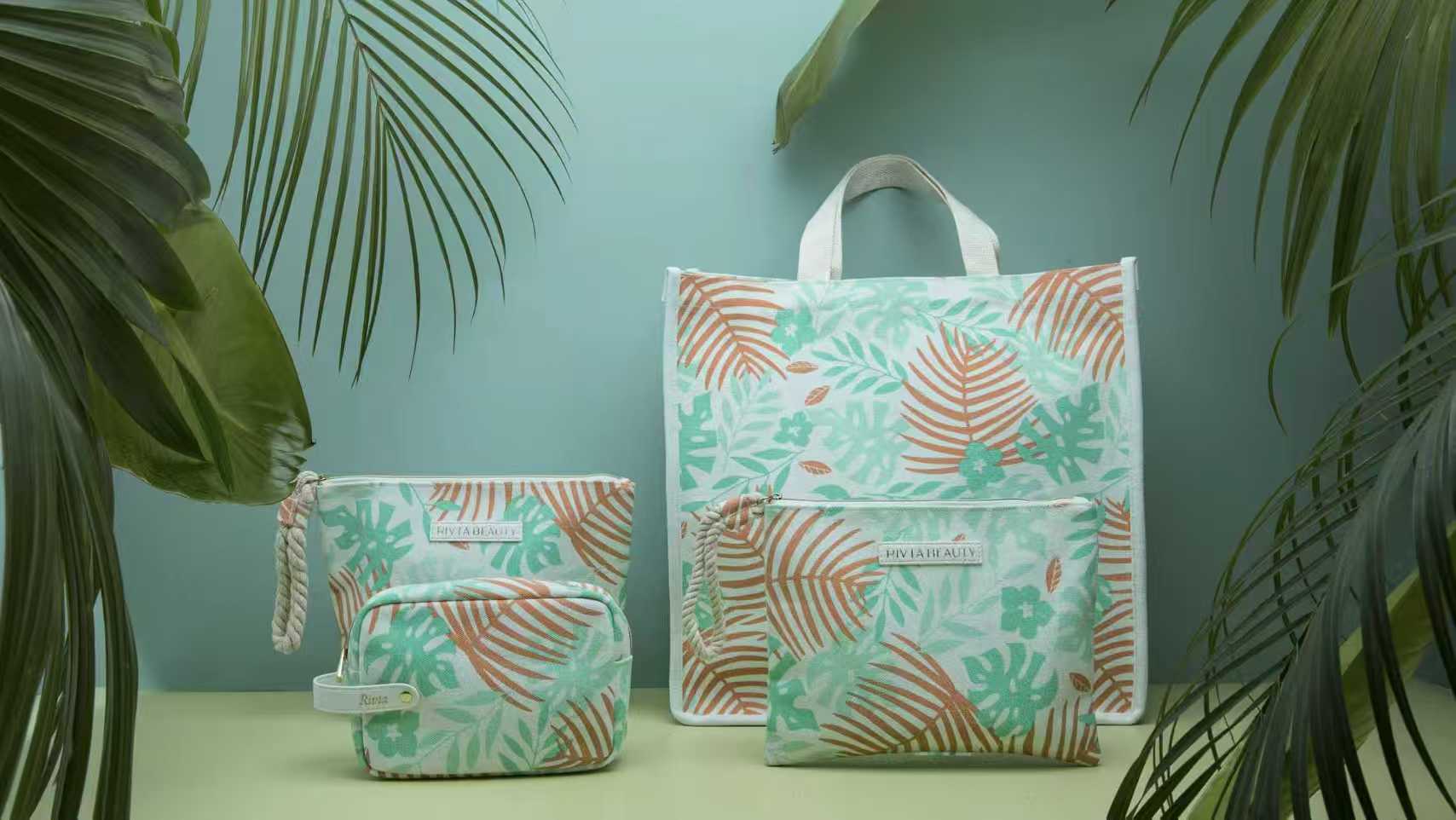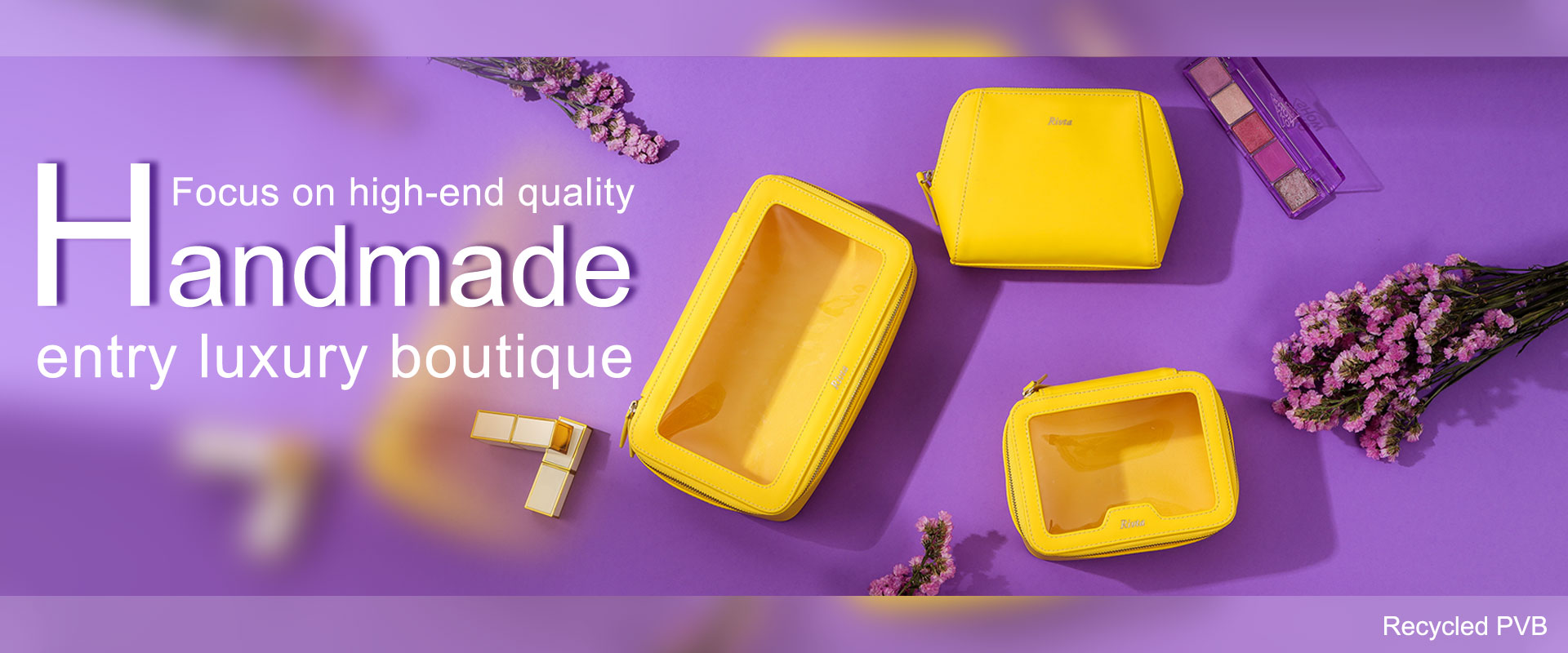5 Costly Mistakes to Avoid When Importing Wholesale Cosmetic Bags from China?
Importing from China seems full of risks. A single mistake could erase your profits, cause huge delays, and damage your brand's reputation with poor quality products.
To avoid costly mistakes when importing, you must properly vet suppliers beyond price, create crystal-clear product specifications, understand all shipping costs and tariffs upfront, and never, ever skip a pre-shipment quality inspection before the goods leave the factory.
In my 15 years as a product developer in the beauty industry, I’ve seen it all. I’ve celebrated successful product launches and I’ve put out fires caused by costly importing errors. I've learned that a successful import strategy isn't about finding the cheapest price; it's about building a reliable process and partnership that protects your investment and your brand. The stories I'm about to share are based on real experiences—my own and those of my clients. These lessons were learned the hard way, so you don't have to. Let's walk through the biggest mistakes you need to avoid.
Mistake #1: Choosing the Wrong Partner — Why Vetting Your Supplier Goes Beyond the Price Tag?
That incredibly low price quote is so tempting. But what if it's hiding poor quality, ethical problems, or constant delays that will cost you more in the end?
Vetting a supplier beyond their price means you must check their communication skills, their ethical certifications, and their experience with your specific materials. A cheap price from an unreliable partner is always the most expensive mistake you can make.
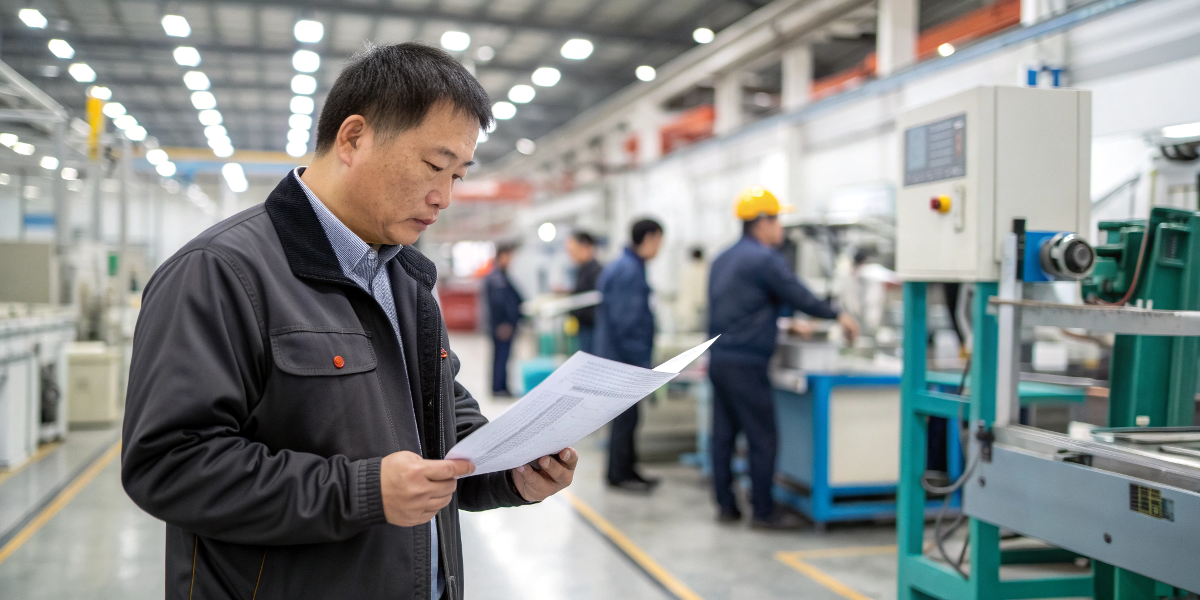
Early in my career, I chose a supplier almost entirely on price for a big project. They were 15% cheaper than anyone else. The initial samples looked okay, so we moved forward. But the final production was a disaster. The colors were inconsistent, and the stitching was sloppy. We ended up rejecting 30% of the entire order. That "cheaper" price ended up costing us a fortune in lost inventory and a delayed launch. This taught me that the supplier is your partner. You need to trust their quality and their values. At Rivta, our mission is built on responsibility, and we look for clients who share that view. A partnership based only on the lowest price is a partnership that is built to fail.
Your Supplier Vetting Checklist
Before you commit, make sure your potential partner checks these boxes.
| Vetting Area | What to Look For |
|---|---|
| Ethical Compliance | Ask for recent social audit reports like BSCI or Sedex. This shows they treat their workers fairly. |
| Material Expertise | Do they have experience with the materials you want, especially sustainable ones? Ask for certifications like GRS for recycled materials. |
| Communication | How quickly and clearly do they answer your questions? Good communication is critical for a smooth process. |
| Experience | How long have they been in business? Do their existing products show a high level of quality? Don't be afraid to ask for references. |
The Communication Breakdown: How Unclear Specs and Cultural Gaps Lead to Production Disasters?
You sent your design to the factory, but what came back was completely wrong. Now you've wasted weeks of time and money on a sample that isn't even close.
Unclear specifications and cultural gaps cause most production errors. You must provide a detailed "tech pack" with precise measurements, Pantone colors, and material details. This document acts as a universal language, reducing the risk of costly mistakes.
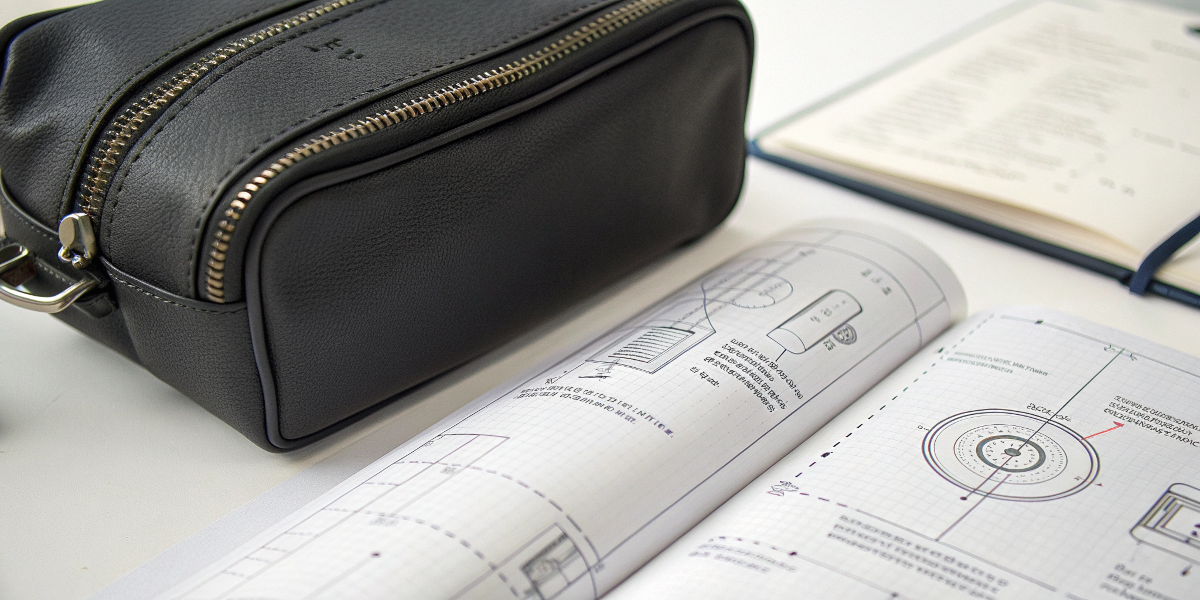
I remember a project where the design brief just said "light blue." It seemed simple enough. But the final samples we received were a bright, sky blue when we wanted a soft, dusty pastel blue. The factory wasn't wrong; they had just interpreted "light blue" differently. We had to remake all the samples, which caused a three-week delay. It was a classic "lost in translation" moment. I learned that you can never be too specific. Now, I never use vague terms. I provide an exact Pantone color code for everything, from the fabric to the thread to the zipper tape. This level of detail removes all guesswork and ensures we are all speaking the same language.
Your Tech Pack is Your Contract
The technical pack is the single most important document you will create. It is the blueprint for your product.
- Be Hyper-Specific: Don't leave any detail to chance. Specify everything. This includes the stitch count per inch and the type of lining fabric.
- Visuals are Key: Include clear, flat drawings of the bag from every angle. Add callouts that point to specific details, like the type of seam or the placement of a logo.
- Provide Pantone Colors: Don't just say "red." Specify the exact Pantone color code (e.g., Pantone 18-1663 "Fiesta"). This is the global standard for color and ensures consistency.
Ignoring the Fine Print: The Hidden Costs of Shipping, Tariffs, and Incoterms?
Your price per bag seems great. But then you get hit with surprise shipping fees, taxes, and port charges that completely destroy your profit margin.
Hidden costs often come from not understanding shipping terms, or "Incoterms," like FOB versus EXW. You must also budget for unexpected tariffs and duties. Always get a quote that clearly states the Incoterm so you know exactly which costs you are responsible for.

I once worked with a first-time importer who was thrilled with the super-low "EXW" price they got from a supplier. EXW stands for "Ex Works," which means the price only covers the product sitting at the factory door. They had no idea they were now responsible for arranging and paying for a truck in China, the export customs clearance, the ocean freight, the import customs clearance, and the final trucking in their home country. It was a logistical and financial nightmare for them. Their "cheap" price ended up being much more expensive than a standard "FOB" (Free on Board) quote. The fine print matters. Understanding these simple terms can save you thousands of dollars and a massive headache.
Common Incoterms Explained
Knowing these three terms will help you understand your quotes.
| Incoterm | What It Means | Your Responsibility |
|---|---|---|
| EXW (Ex Works) | The price is for the goods at the factory. | You are responsible for ALL shipping and logistics from the factory door. High risk for new importers. |
| FOB (Free On Board) | The supplier is responsible for getting the goods to the port in China and clearing them for export. | You are responsible for the ocean freight, insurance, and everything from the moment the goods are on the ship. This is the most common and recommended term. |
| DDP (Delivered Duty Paid) | The supplier is responsible for everything, including shipping and import duties, all the way to your warehouse. | You are responsible for nothing. This is the easiest but often the most expensive option. |
Gambling on Quality: The Critical Role of Pre-Shipment Inspections You Can't Afford to Skip?
Your order is finally done. You are tempted to just have the factory ship it to save time and money, but you worry about what will actually arrive.
Skipping a pre-shipment inspection is a huge gamble. You must have a third-party inspector check your products at the factory before you pay your final balance. This is your last chance to catch any quality issues before the goods leave China.

This is the number one rule of importing: never, ever pay your final balance until you know the quality of your order is perfect. I once had a client who was in a huge rush. They skipped the final inspection to save a few days and a few hundred dollars. When their 5,000 bags arrived, they discovered that the wrong zipper had been used on the entire order—a cheap, plastic one instead of the metal one they had approved. The product was unsellable. But because they had already paid the supplier in full, they had no leverage. It was a complete loss. An inspection would have cost them about $300. Skipping it cost them over $20,000. It is the best insurance policy you can buy.
What an Inspector Checks
A good third-party inspection is incredibly thorough. Your inspector will:
- Verify quantity: They will count the cartons to make sure your full order was produced.
- Check against the sample: They will compare randomly selected products to your approved "golden sample" to check for correctness in color, materials, and construction.
- Look for defects: They will perform a visual check for any quality issues, like bad stitching, stains, or crooked logos.
- Perform function tests: They will test things like zippers and snaps to make sure they work correctly.
- Provide a detailed report: You will get a full report with photos and a clear recommendation of "Pass," "Fail," or "Hold."
Conclusion
Importing from China can be safe and profitable if you avoid these common mistakes. A good partner and a clear process are your keys to success in this global market.

